“If you take care of nature, it gives you back manifold”
An Indian rewilding project that's brought a village back to life, plus a book that will bring back hope for nature's resilience.
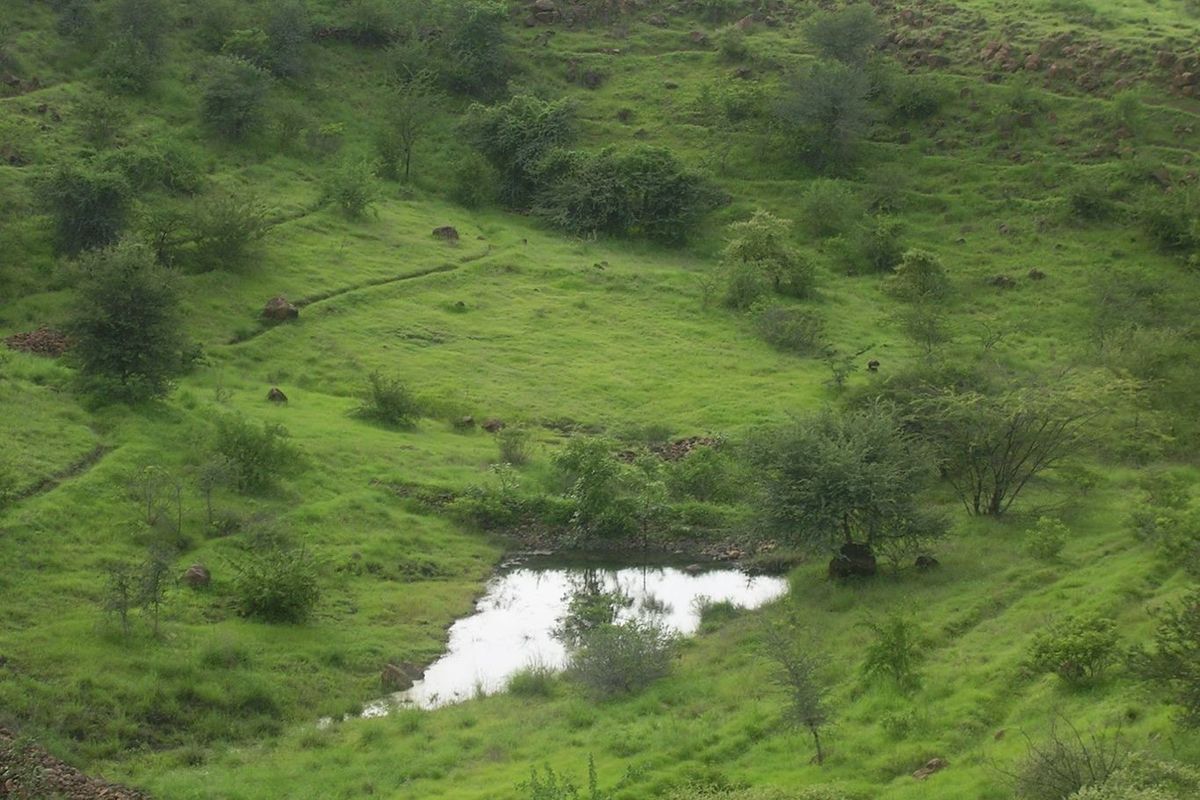
The rewilding movement needs leaders. But it needs followers, too.
A lot of what we've been publishing is about people taking the lead on rewilding efforts in their communities. Reforesting a water catchment in Cameroon. Starting up a native plant nursery in the UK. Restoring a river in New Zealand. And – in our latest new story – rewilding a watershed in India.
It's pretty common in journalism to focus on the leader in the story – or the hero. But what's often left out, or relegated to the background, is the followers: the people who rally behind a cause and truly make it happen. Western society tends to glorify individualism and leadership over collective thinking, to value starting something more than joining in. But without their support crews – their communities – these projects would never get off the ground.
So this issue, we'd like to give a shout-out to the people behind the scenes, the ones who give their time, money and effort to boost the leaders' visions. (This includes the writers, like Shoma Abhyankar, who tell the stories.) Neither group is more important, and we need all kinds of people to thrive. Just like any ecosystem, really.
Until next time,
Domini Clark and Kat Tancock, editors
How an Indian village saved itself from droughts
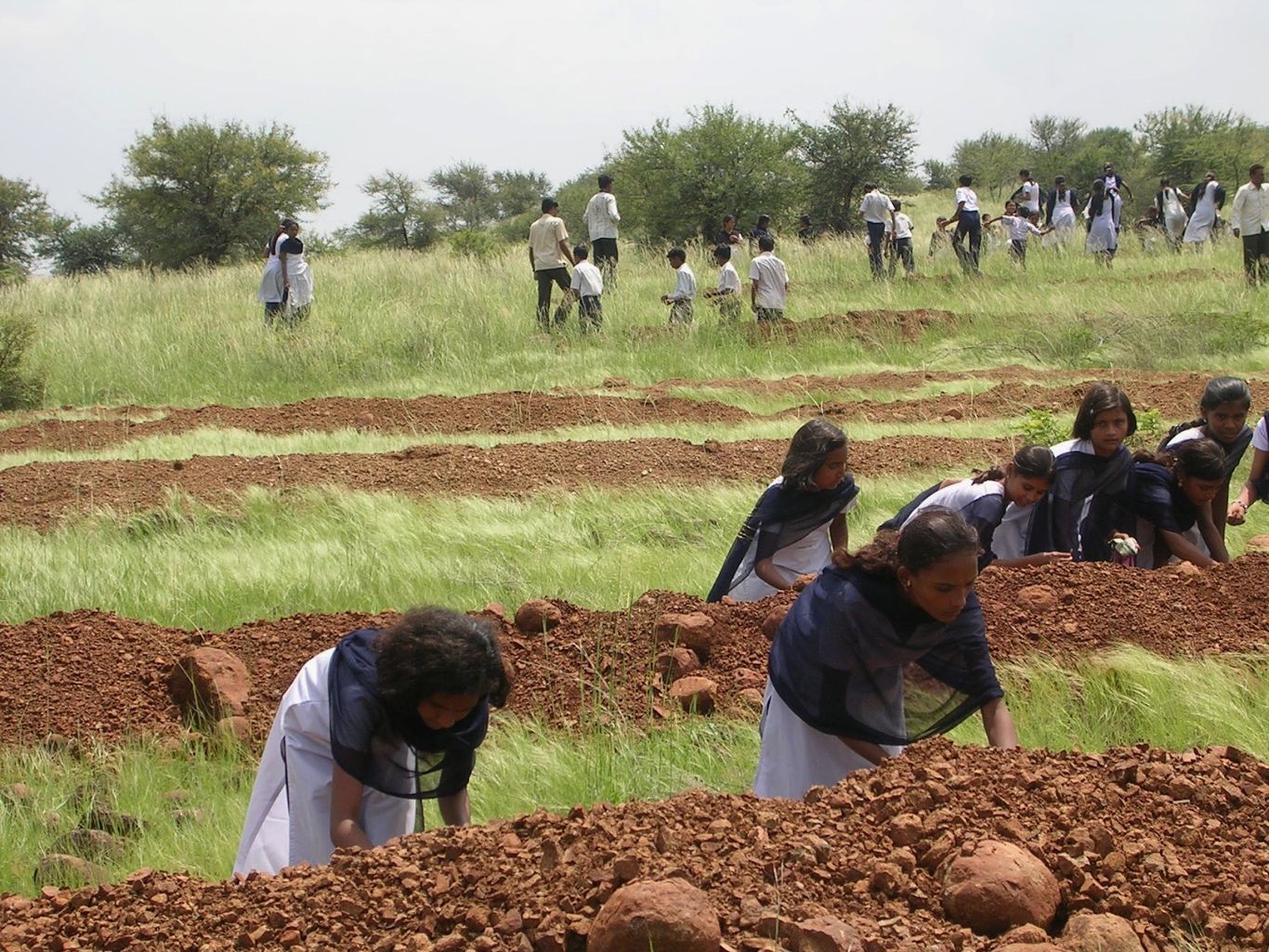
A doctor facing his own near-death experience heard that his homeland was dying. Once he was well, he set to work healing the land.
“If we appoint ourselves the apportioners of all matter and energy on Earth, we take on a burden far too colossal to understand, let alone bear. We are neither worthy nor able to be managers of the whole Earth at once.”
– Emma Marris, Wild Souls: Freedom and Flourishing in the Non-Human World. (Watch for our upcoming interview with Marris about her book.)
Recommended reads
Humans have altered the landscape in countless ways. But what happens when we abandon what we’ve created? From a chemically contaminated river in New Jersey to South Pacific underwater reefs subjected to nuclear tests, author Cal Flyn explores nature’s reassuring resilience as life returns to these devastated sites.
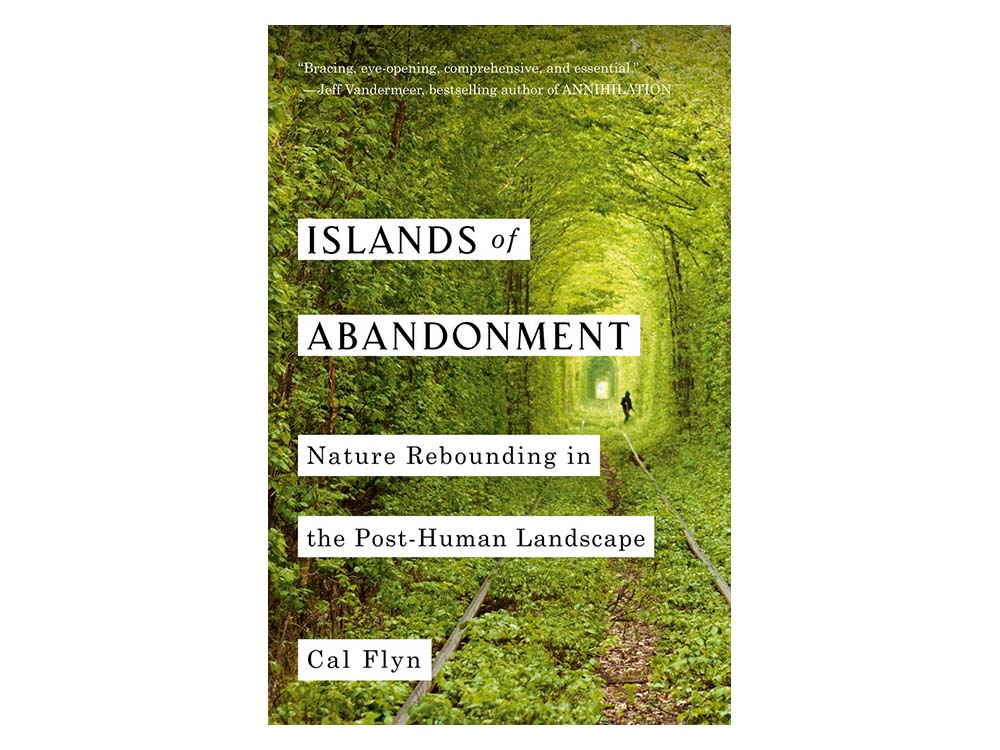
While careful to point out that avoiding such destruction in the first place is the preferable option, she’s also keen to offer these tales as “beacons of hope.” And her research reminds us that, sometimes, the best way to rewild isn’t to intensively manage – it’s to step back and let the rest of the Earth’s species take the lead.
We encourage you to borrow Islands of Abandonment from your local library or purchase from an independent bookstore.
Elsewhere in rewilding
From the Guardian, an interesting look at why the human element of rewilding shouldn’t be ignored, and how one project has made a psychologist a key part of its team.
A study has shown what many people suspected: Birds really did flock to urban centres during COVID-19 lockdowns, a study out of Canada shows. Let’s call it “unplanned sort-of rewilding.”
Here’s a rewilding idea straight out of science fiction. Do we need – or want – to bring back the wooly mammoth? These scientists say yes.
Ealing Wildlife Group is using a much, much smaller animal – tiny harvest mice – in its rewilding project. And lucky for us, the BBC is sharing some cute video of the wee critters.
Peatlands don't have the same photo-op cachet as planting a tree, but they're a critical type of ecosystem that we need to be conserving and rebuilding, say these experts in Yale E360.
Rewilding team loves
🌳 Domini gives two thumbs up to The Hidden Life of Trees, the documentary based on the bestselling book by German forester Peter Wohlleben. If you can safely watch it in a theatre, the stunning time-lapse images deserves to be seen on a big screen.
🧦 In an effort to live more sustainably, and also because she can't bear to give up her favourite socks, Kat has been learning to darn. If you're similarly interested in getting into repairing your clothes, she recommends the book Visible Mending by Toronto artist and maker Arounna Khounnoraj.
❤️ Enjoy this newsletter?
Send to a friend and let them know that they can subscribe, too.
Share your expertise: Do you know a project, person or story we should feature? Let us know.
Just want to say hello? Click that reply button and let us know what you think – and what else you'd like to see. We'd love to hear from you.


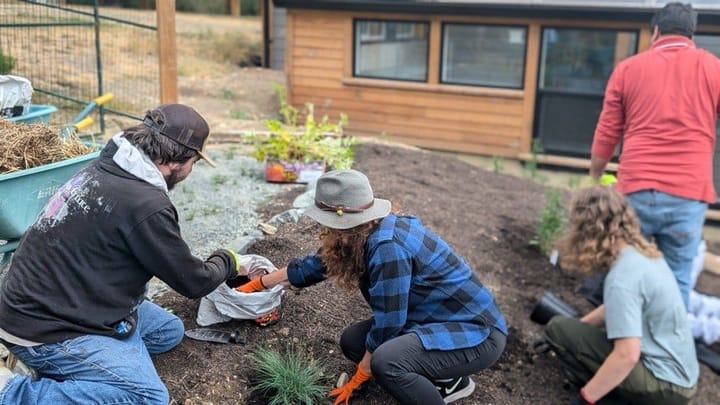
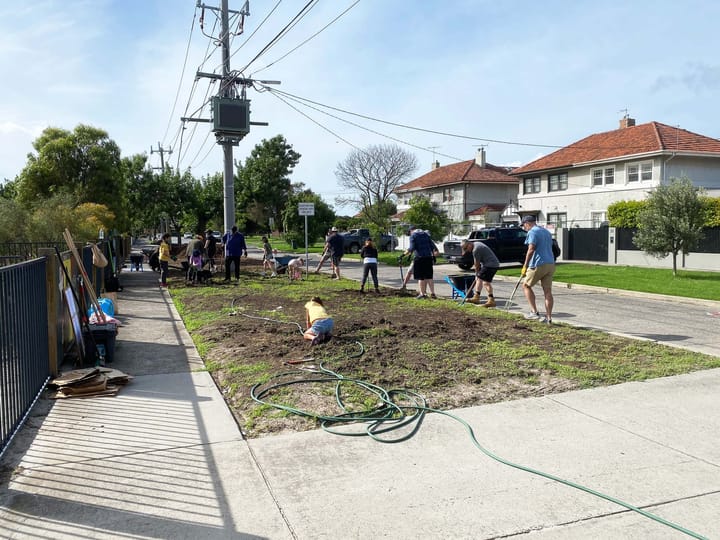
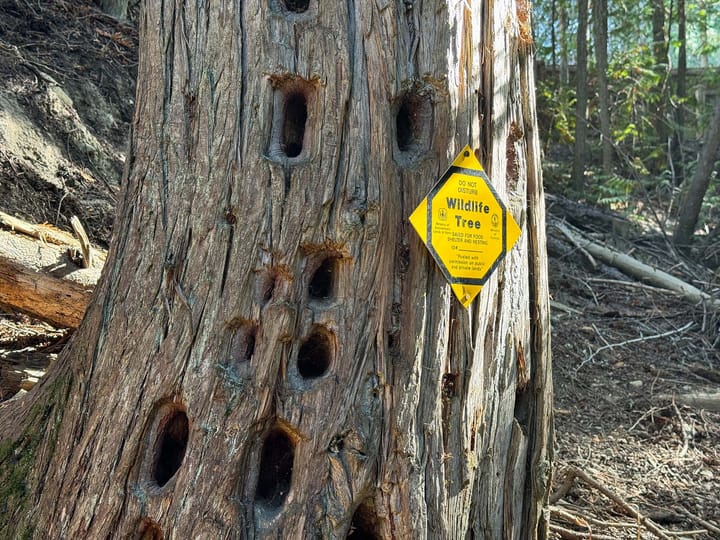
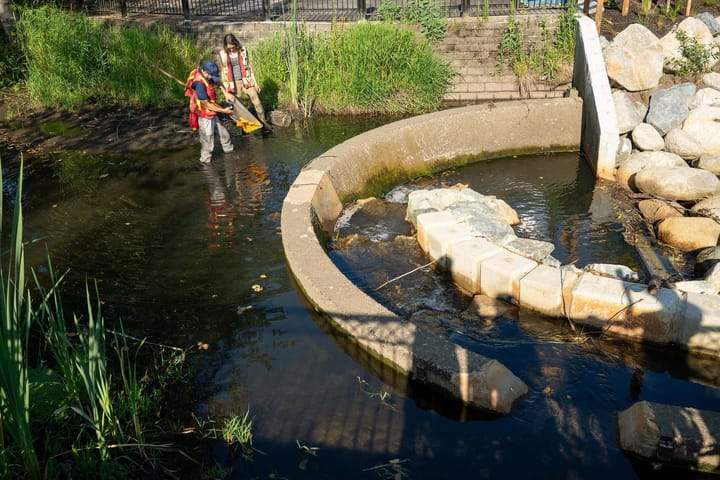

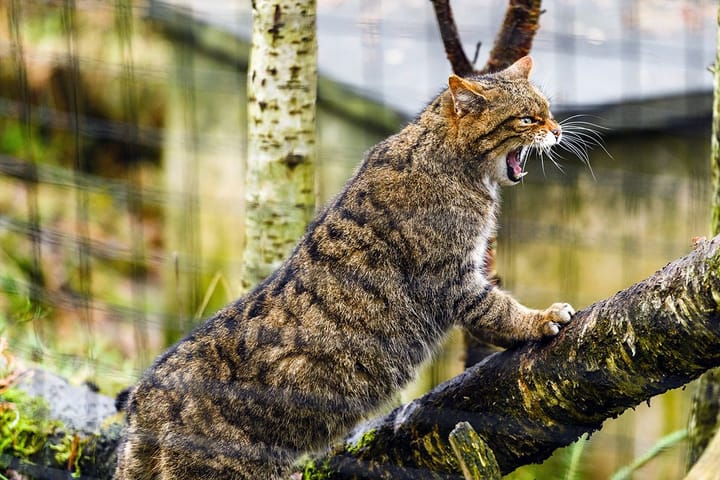



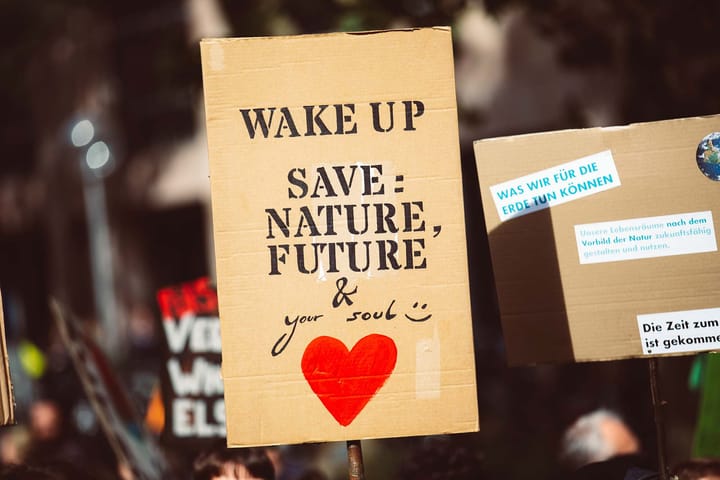
Comments ()